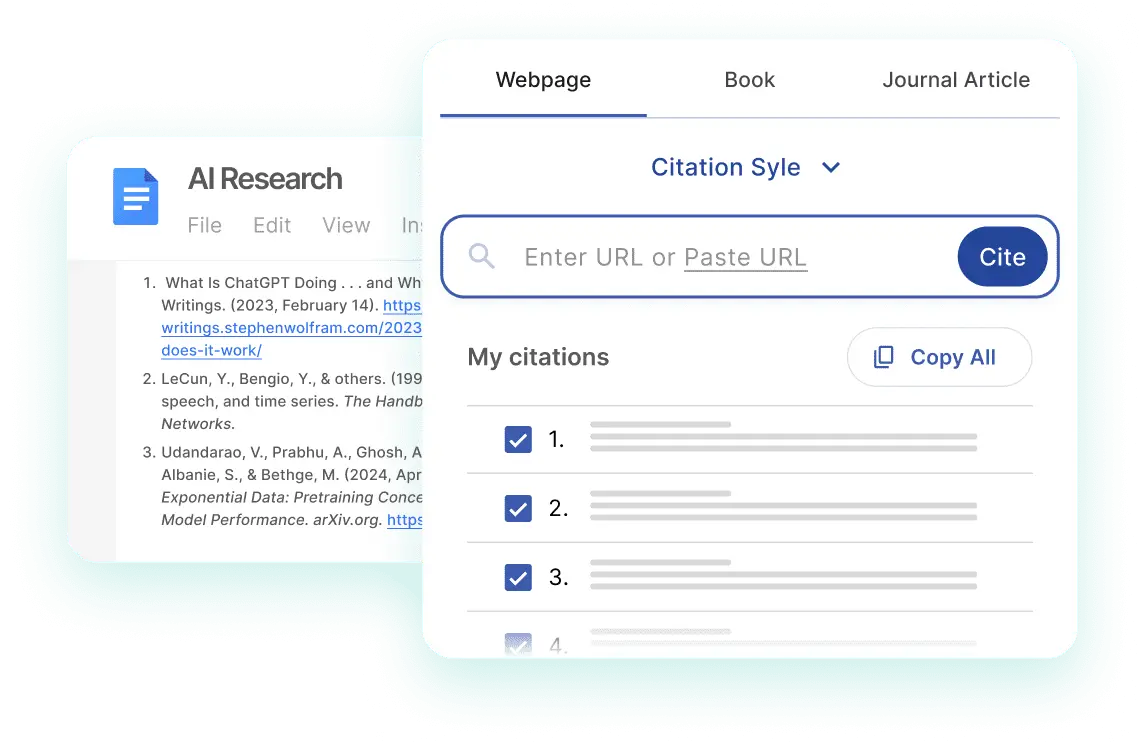Unlock Literature Review Map Example
Explore our literature review map example to streamline your research process and uncover valuable insights efficiently.
Try Justdone
Maximize Your Research Efforts
Visualize Insights
Easily visualize complex data to uncover valuable patterns and insights with our literature review map example.
Streamline Research
Effortlessly streamline your research process and save time with our intuitive literature review map example.
Identify Patterns
Quickly identify and analyze key patterns in literature with our comprehensive review map example.
Literature Review Map Example Benefits
Visual Representation of Literature
A literature review map provides a visual representation of the connections between different pieces of literature. It helps researchers and readers to understand the relationships between various sources, making it easier to identify patterns and themes within the literature. By using a literature review map, researchers can gain a comprehensive overview of the existing literature in a specific field.
This visual representation can be particularly useful when conducting a literature review for academic research or writing, as it allows for a more efficient analysis of the existing literature. It helps in identifying gaps in the research and areas where further investigation is needed. Additionally, it can aid in organizing the literature in a structured manner, making it easier to synthesize information and draw meaningful conclusions.
Try Justdone ->
Streamline Research Process
By using a literature review map, researchers can streamline the research process by visually organizing the relevant literature. It enables them to categorize sources based on their relevance, key themes, and connections, thus saving time and effort in sifting through numerous articles and papers. This streamlined approach helps in maintaining focus and clarity throughout the research process.
Furthermore, a literature review map can assist in identifying key authors, seminal works, and seminal theories within a specific field, providing a clear overview of the foundational literature. This not only aids in understanding the historical development of the research area but also helps in citing and referencing the most influential sources effectively.
Try Justdone ->
Enhance Collaboration and Communication
The visual nature of a literature review map enhances collaboration and communication among researchers and team members. It provides a shared visualization of the literature landscape, making it easier for collaborators to contribute insights, share opinions, and collectively analyze the existing literature. This collaborative approach fosters a more cohesive and comprehensive understanding of the research domain.
Moreover, when presenting research findings or developing academic papers, a literature review map can serve as a valuable visual aid for communicating the literature synthesis effectively. It offers a clear and concise representation of the interconnectedness of various sources, facilitating better communication of the research's theoretical framework and the evolution of ideas within the field.
Try Justdone ->
Effective Strategies for Creating Literature Review Maps
Thematic Organization
When creating a literature review map, consider organizing the literature thematically. This approach involves categorizing the sources based on common themes, concepts, or research questions. By thematically organizing the literature, you can visually represent the interconnectedness of ideas and theories, providing a comprehensive overview of the thematic landscape within the research domain.
Utilize Visual Hierarchy
Incorporate visual hierarchy in your literature review map to emphasize the significance of different sources and their relationships. Utilize visual elements such as color coding, font size variations, and spatial positioning to highlight the importance of key literature, seminal works, or influential theories. This visual hierarchy enhances the clarity and readability of the literature review map.
Iterative Refinement
Iteratively refine your literature review map by continuously updating and revising the connections between literature sources. As your research progresses, new insights emerge, and the relationships between sources may evolve. Regularly revisiting and refining the literature review map ensures that it accurately reflects the current understanding of the literature landscape, incorporating the latest developments and findings.
Seek Feedback and Collaboration
Engage in seeking feedback and collaboration when creating a literature review map. Collaborate with peers, mentors, or research colleagues to gather diverse perspectives and insights on the visual representation of the literature. Incorporating feedback and engaging in collaborative discussions can enhance the comprehensiveness and accuracy of the literature review map, leading to a more robust and well-informed visualization.
Integrate Citation and Referencing
Integrate citation and referencing information within the literature review map to maintain a clear link between the visual representation and the actual literature sources. Including citation details and references directly in the map ensures that the connections between sources are accurately represented and facilitates seamless navigation between the visual map and the original literature, aiding in efficient referencing and verification.
Literature Review Map Example Illustration
Explore the following practical example to understand the application of a literature review map in academic research.
Create a literature review map to visually represent the connections between seminal theories in the field of psychology.
As a researcher delving into the field of psychology, the task of creating a literature review map to visually represent the connections between seminal theories is crucial for gaining a comprehensive understanding of the foundational literature. The first step involves identifying the key theories and conceptual frameworks that have significantly influenced the field of psychology. This includes theories related to cognitive psychology, behavioral psychology, developmental psychology, and social psychology, among others.
Once the seminal theories are identified, the next phase revolves around visually mapping the interconnections between these theories. Each theory will be represented as a node, and the relationships between them will be depicted through connecting lines or branches. This visual representation enables a clear visualization of how different theories intersect, complement, or diverge from one another, elucidating the intricate web of connections within the field of psychology.
Furthermore, the literature review map will incorporate thematic categorization to organize the seminal theories based on common themes and conceptual domains. This thematic organization provides a holistic view of the underlying principles and overarching themes that encompass the diverse theories within psychology, facilitating a structured and comprehensive representation of the foundational literature.
The iterative refinement of the literature review map is a crucial aspect of the process, as it involves continuously updating the connections and relationships between the seminal theories based on new insights and research findings. This iterative approach ensures that the literature review map accurately reflects the evolving landscape of psychological theories, incorporating the latest developments and scholarly contributions.
Engaging in collaborative discussions and seeking feedback from peers and mentors is essential in refining and validating the literature review map. Collaborative input offers diverse perspectives and insights, enriching the visual representation and ensuring the accuracy and comprehensiveness of the literature review map. Integrating citation and referencing information within the map further strengthens its credibility, providing a seamless link between the visual representation and the original literature sources.
Utilize a literature review map to analyze the historical evolution of research methodologies in the field of sociology.
In the realm of sociology, utilizing a literature review map to analyze the historical evolution of research methodologies offers a valuable insight into the development and progression of research practices within the discipline. The initial phase entails identifying the pivotal research methodologies that have shaped the trajectory of sociological inquiry over time. This includes qualitative research methods, quantitative research approaches, ethnographic studies, and comparative analysis methodologies.
The next step involves visually mapping the historical evolution of these research methodologies, depicting their interconnections and transformative influences over different eras and scholarly movements. By visually representing the chronological progression and interlinkages between research methodologies, the literature review map illuminates the dynamic evolution of research practices within sociology, highlighting pivotal moments of methodological innovation and paradigm shifts.
Thematic organization plays a pivotal role in structuring the literature review map, categorizing the research methodologies based on thematic relevance, historical significance, and paradigmatic shifts. This thematic categorization provides a nuanced understanding of how different research methodologies have intersected and evolved within the sociological landscape, offering a comprehensive portrayal of the historical development of research practices.
The iterative refinement of the literature review map involves continuous adjustments and updates to capture the evolving nature of research methodologies within sociology. As new methodological approaches emerge and scholarly discourse progresses, the literature review map reflects these advancements, ensuring that it remains aligned with the contemporary landscape of sociological research methodologies.
Seeking collaborative feedback and engaging in discussions with peers and mentors enriches the refinement process of the literature review map. The diverse insights and perspectives offered through collaborative input contribute to the accuracy and robustness of the visual representation, enhancing its value as a tool for comprehensively analyzing the historical evolution of research methodologies within sociology. Integrating citation and referencing details within the map further solidifies its scholarly foundation, establishing a direct link between the visual representation and the scholarly literature.